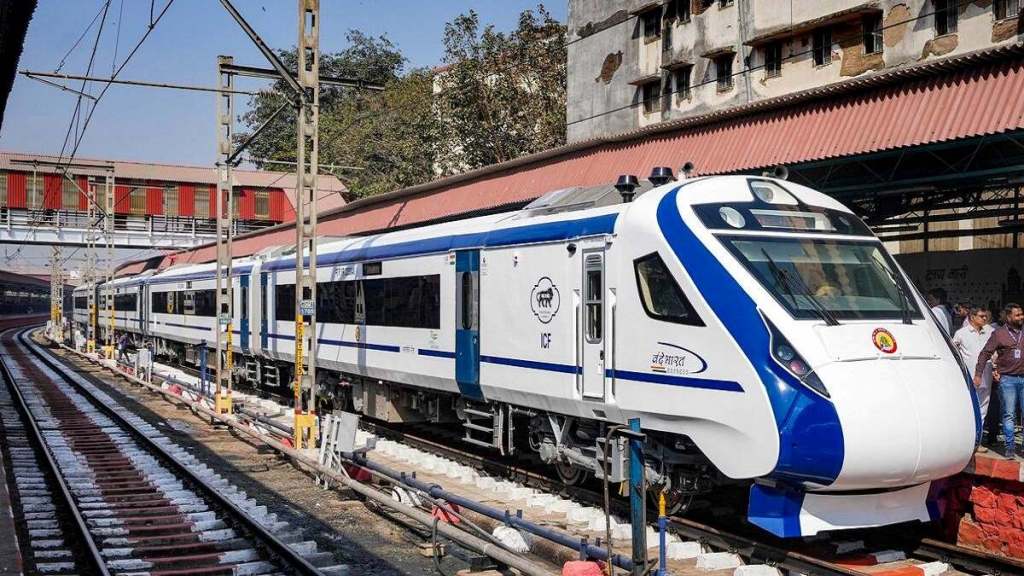Prime Minister Narendra Modi is set to flag off Rajasthan’s first Vande Bharat Express on April 12th via video conference. The train will run on the Ajmer-Delhi Cantonment route and is expected to complete the journey an hour earlier than the current fastest train running on the same route. The Prime Minister’s Office has confirmed that the inaugural run will be between Jaipur and Delhi Cantonment. The regular service of this Vande Bharat Express will start from April 13 and will operate between Ajmer and Delhi Cantt., with stops at Jaipur, Alwar and Gurgaon.
Faster than the fastest
The Vande Bharat Express will cover the distance between Delhi Cantonment and Ajmer in just 5 hours and 15 minutes, while the Shatabdi Express, which is currently the fastest train on the route, takes 6 hours and 15 minutes. This makes the Vande Bharat Express the world’s first semi-high-speed passenger train on high-rise overhead electric territory.
Boost to tourism
The train will improve the connectivity of Rajasthan’s major tourist destinations, including Pushkar and Ajmer Dargah, and is expected to boost the region’s socio-economic development. The launch of the Vande Bharat Express in Rajasthan is a significant step towards modernizing India’s railway system and promoting the country’s Make in India initiative. The train is a testimony to India’s engineering prowess and technological advancement. This new addition to India’s railway network will provide a comfortable and fast mode of transportation for passengers traveling between Rajasthan’s major tourist destinations and will also serve as a symbol of the country’s rapid development.
In a separate development, on its debut journey over the Chennai-Coimbatore route, India’s 14th Vande Bharat Express achieved a speed of 130 kmph. The blue and white train reached the highest allowable speed between the Chennai and Jolarpettai section. Passengers traveling between the two cities will reap the benefits of this development. The new semi-high speed train service has reduced travel time to just 5 hours and 50 minutes, resulting in a time savings of 1 hour and 20 minutes.
(With inputs from agency)

